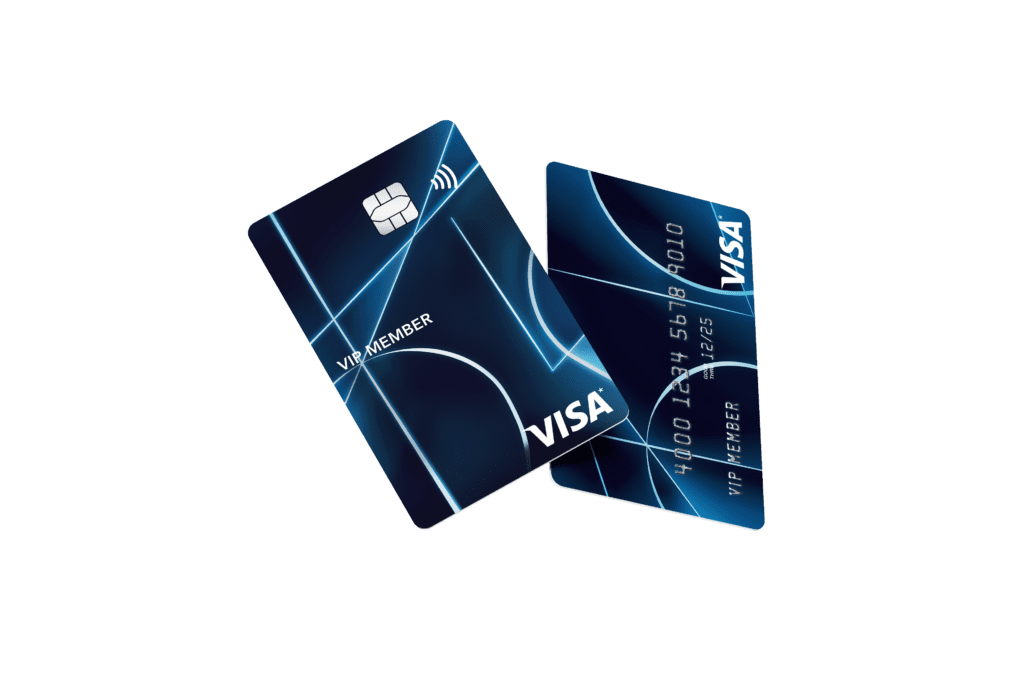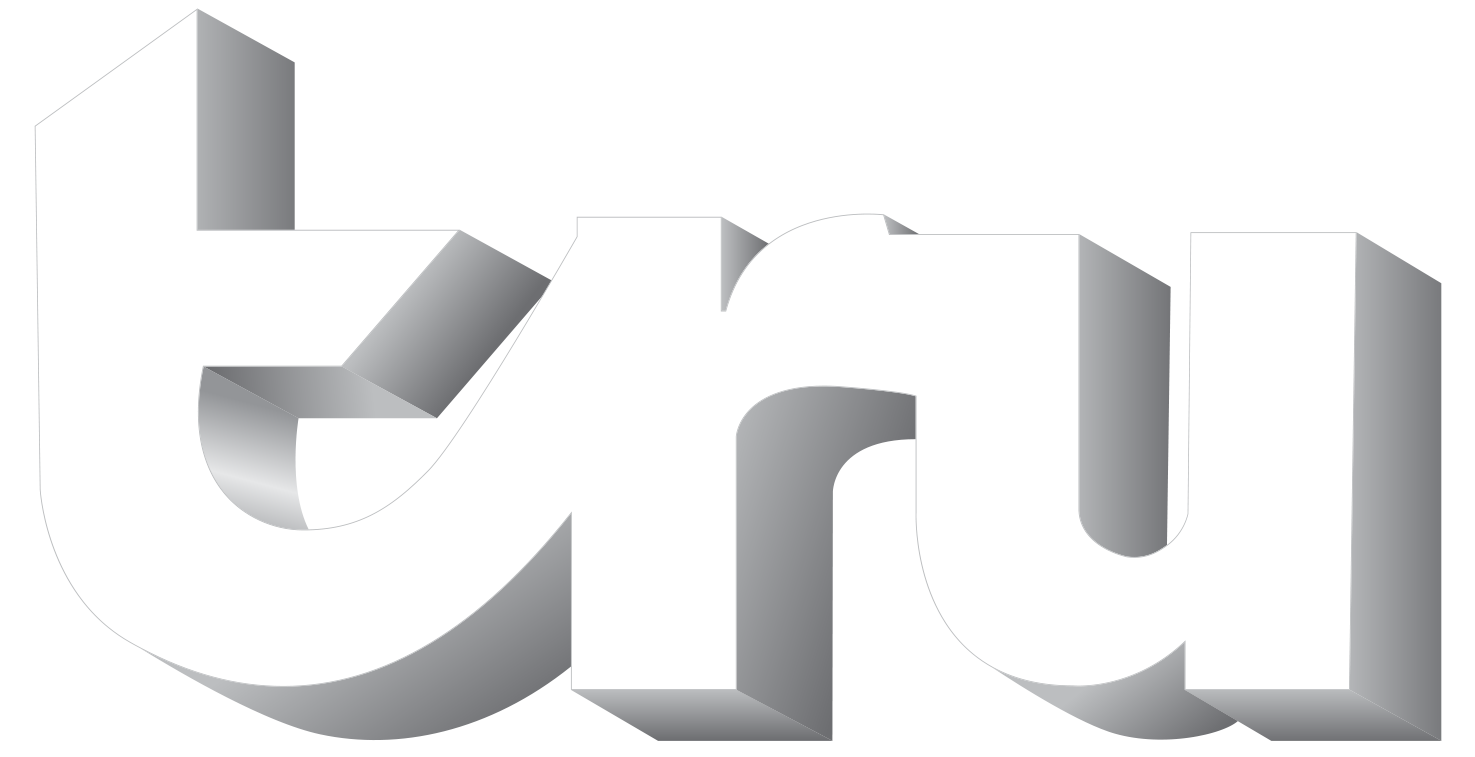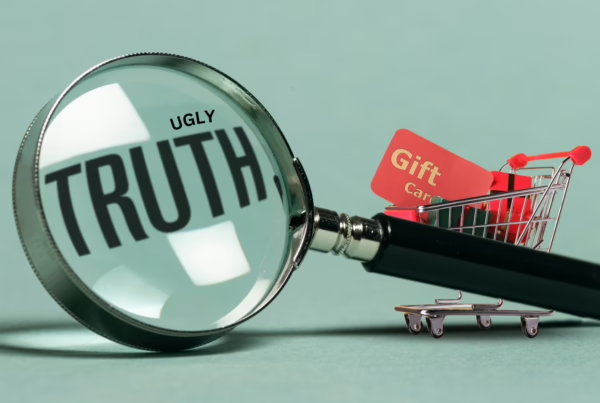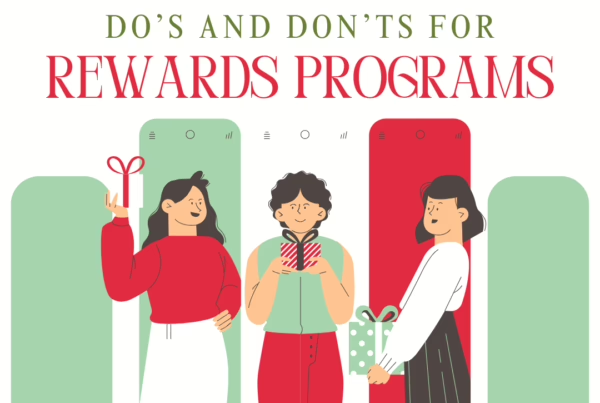
1. Determine the goal of your employee recognition program
To know if your employee recognition program is a success, or missed the mark, have an objective in mind. Boosting employee engagement is a given, but other outcomes to focus on might be higher retention, productivity and job performance. Determine which areas of the employee experience you’d like to improve and tailor your rewards. For example, you may give rewards related to wellness during remote work, like free time off or virtual prepaid cards. But over time, rewards that bring staff together—like free lunches or company events—might be more effective.

Next, consider how you’ll measure success and the impact on your long-term company culture. Send out employee surveys, look at job performance KPIs like sales quotas, and track how many new ideas your team explores due to higher engagement. Company values and strategic priorities also shift over time, so approach the recognition program with a flexible viewpoint.
As a side note, it’s worth differentiating employee appreciation and recognition. Employee recognition is always tied to their accomplishments and teamwork, whereas appreciation is more about their unique qualities as a person and coworker. Remember to recognize your staff for their efforts, but listening and showing genuine appreciation is just as important for reaching your HR goals.
2. Outline program parameters so expectations are clear
The second step is making employee recognition program boundaries so expectations are clear across your organization. Should everyone have the chance to earn rewards or only lower-level employees? Can coworkers give each other shout-outs and points, or only managers? Identify who would benefit most from receiving rewards and how they should be recognized.
Common milestones that deserve recognition are work anniversaries (i.e., three, five or ten years), big project completions, and outstanding quarterly or annual performance. Rewarding the smaller things, such as a seamless presentation or pitching a new idea, is definitely worth recognizing too. Depending on the milestone, the best employee gift ideas include:

The Customizable Tru Dual-Interface Contactless Prepaid Card
- Prepaid cards: Everyone appreciates financial rewards! Prepaid cards are by far the easiest, most flexible employee gift because they’re used just like credit cards — anywhere Visa is accepted. Employees can spend prepaid cards on most online or in-store purchases and enjoy the freedom to choose what they’d like.
- Gift cards: Another popular monetary reward is gift cards, which usually give money to spend at big brands like Amazon or Starbucks. The one limitation to gift cards though is that they’re often limited to one vendor. Some staff may not enjoy buying from that particular brand, so it’s best to offer employees a choice between gift cards.
- Personalized notes: Over half of employees crave more recognition from their manager, so it’s no surprise that people want reassurance about their job performance. Receiving frequent and specific praise motivates employees to continue performing and strengthens the manager-employee relationship. Show your appreciation through monthly check-ins with your team and let them know how they’ve gone above and beyond.
- Public recognition: One workplace study found that 41% of participants wanted more recognition from their coworkers, showing that rewards and recognition shouldn’t stop with managers. Encourage your staff to give shout-outs and compliments to team members to show each other support, which is best done on an employee recognition platform (or chat platform like Slack).
- Paid time off: Who doesn’t enjoy a break from work? Since most organizations only give two-weeks vacation time, earning a free half-day or full-day off from work is a fantastic reward employees can look forward to. Recharging on a day off also means they’ll come back to work more energized.
3. Allocate a budget for your employee recognition program
Before you start promising rewards, consult with key decision-makers in HR and management to establish a budget. Consider the number of employees, how often rewards will be given, the average cost of each reward option, and the number of years you foresee the program continuing. Rewards and recognition should really be embedded in your company culture as a long-term initiative, so account for at least three years into the future if possible.
If your organization is larger, an alternative method is giving each department its own budget to reward staff in accordance. A budget equips managers to recognize staff as soon as they earn it, and supervisors will be able to plan ahead for each pay period.
4. Choose a rewards and recognition platform
Your organization doesn’t have to use an employee recognition platform to give killer rewards, but they are helpful for tracking points and engagement hassle-free. Some of the top platforms for smaller teams of 50 to 200 employees are Bonusly, Kazoo and Assembly.
For bigger brands, Nectar, Fond and Blueboard are popular options, among many others in the growing market.

Most of these platforms allow employees to give and redeem points, post shout-outs on public message boards, and track leaderboard rankings as their points accumulate. These features help you build excitement around rewards and a culture that not only does great work but shares it too.
5. Employee communication is key
As you roll out a rewards and employee recognition program, communication across your organization is key. Introduce the program and its purpose first to create buzz for a few days before launching. Then, communicate with leadership and managers so they have all the program details and can answer questions from their team. Lastly, follow up with your employees by providing them with all the details on earning rewards and which gifts are available.
6. Ongoing evaluation
Now that you’ve successfully launched the program, it’s time to evaluate. What’s going well and what isn’t? To answer this question, collect feedback and make ongoing improvements where needed.
A few ways to gain insights are through staff surveys, speaking one-on-one with managers, and hosting group sessions with employees after a few weeks or months of the program. Confirm if staff know what is expected of them to earn rewards or if there are barriers to giving gifts, such as filling out inconvenient paperwork or forms. Try to make it as easy as possible for people to earn and show appreciation.
As you continue researching the best ways to engage employees, consider rewarding them with the Tru prepaid cards. Our physical or virtual prepaid cards can be used for online or in-store purchases and integrate with our all-in-one payments platform. Load the cards instantly and track spending trends—get started today!




 Junius Cheng
Junius Cheng  Nikko Pangilinan
Nikko Pangilinan Jamie Rust
Jamie Rust Lisette Anciaes
Lisette Anciaes Roy Murad
Roy Murad Huguette Masse
Huguette Masse Mira Tzur
Mira Tzur Chris Michaelis
Chris Michaelis Diana Marie
Diana Marie Lauren Weekes
Lauren Weekes Dianne Dickens
Dianne Dickens Aysha Shahid
Aysha Shahid Ray Forzley
Ray Forzley